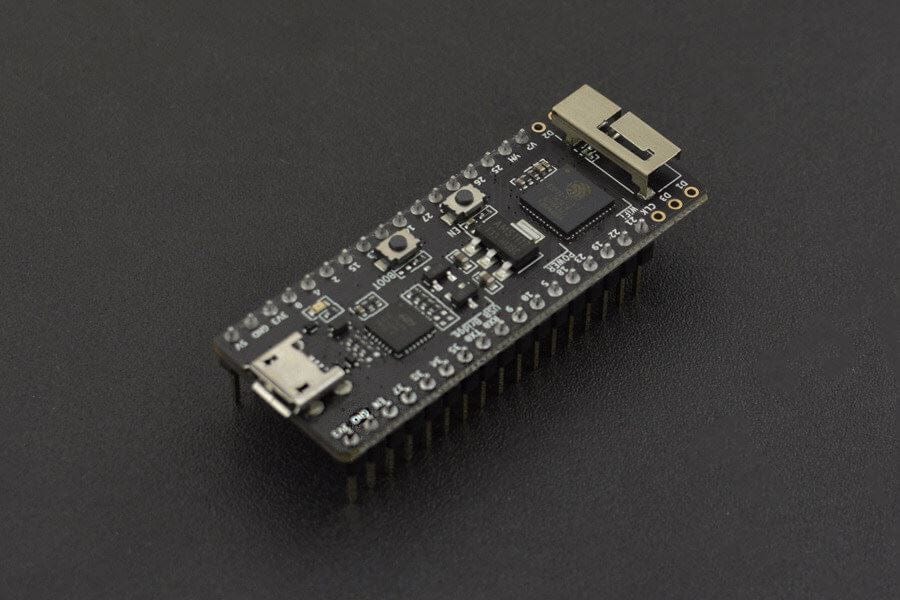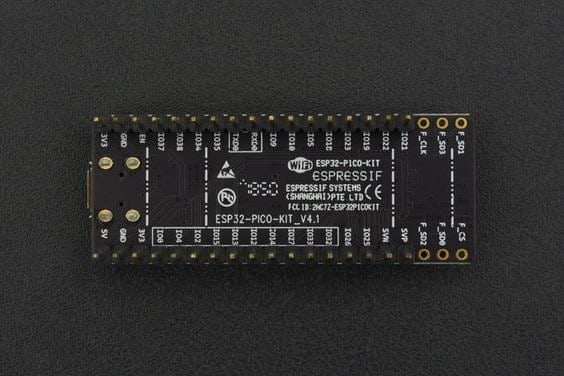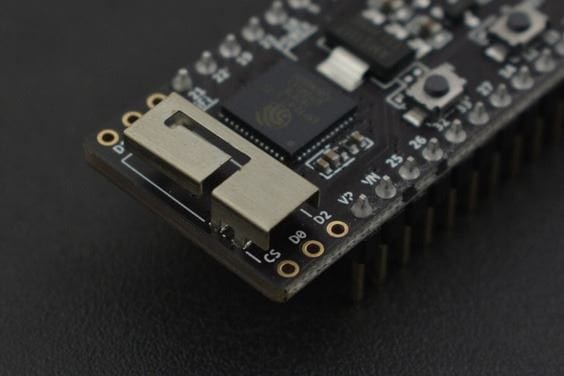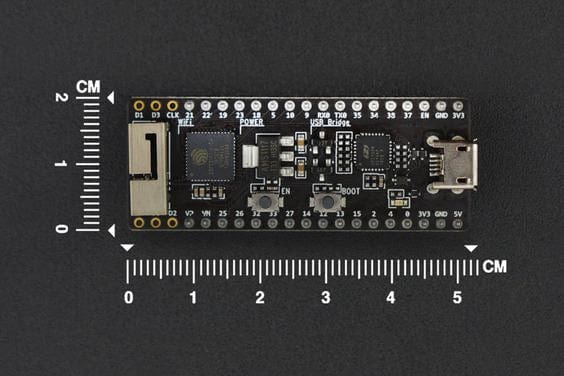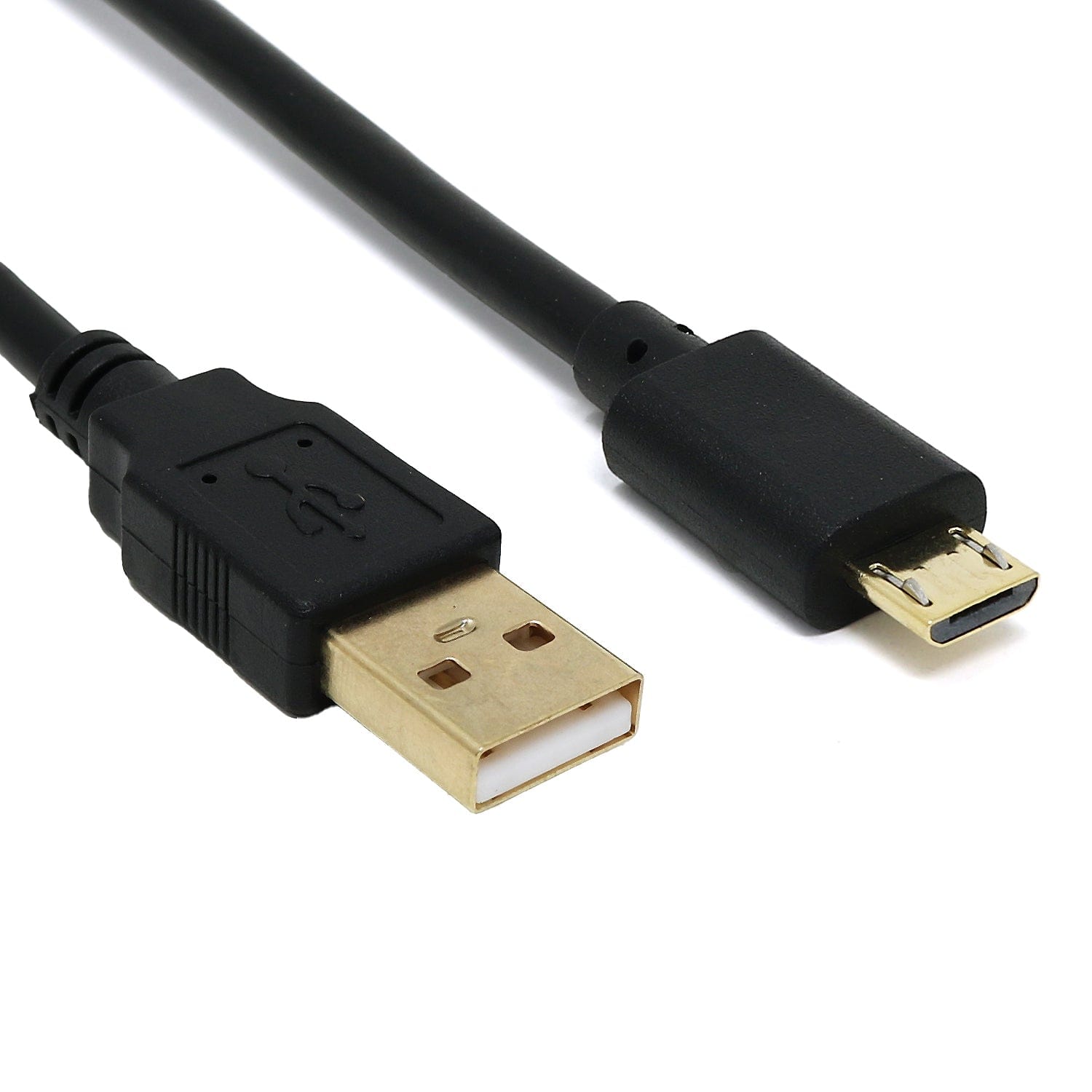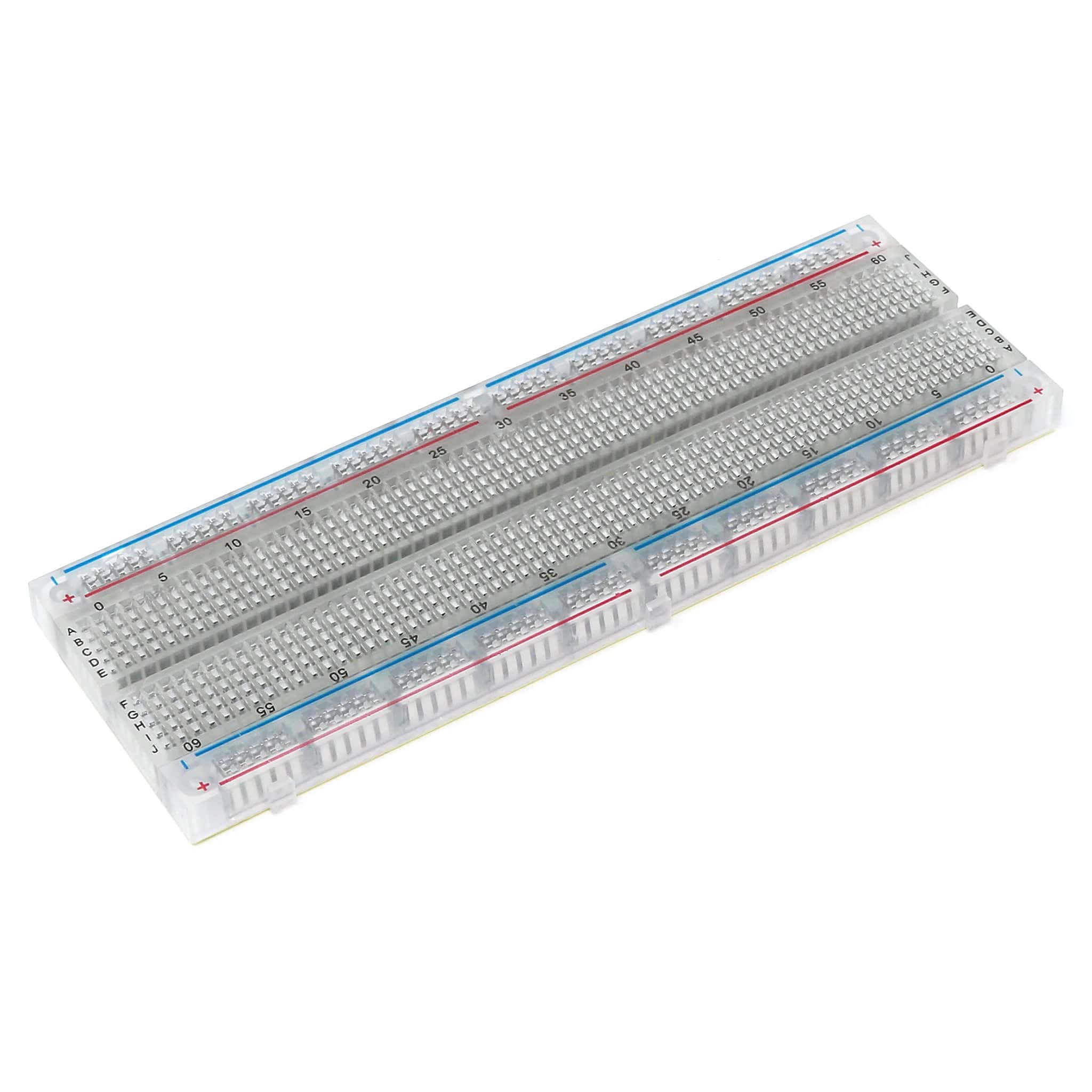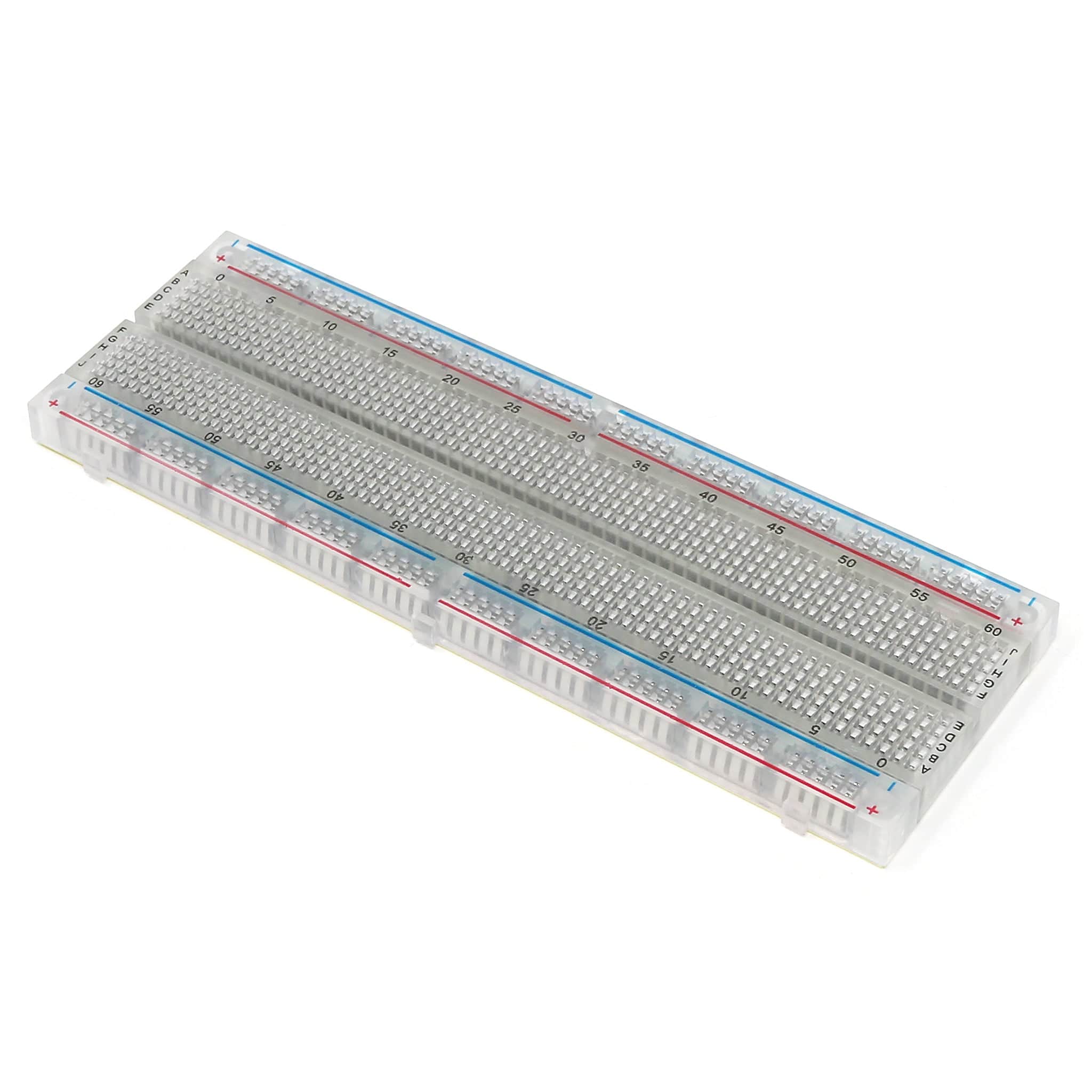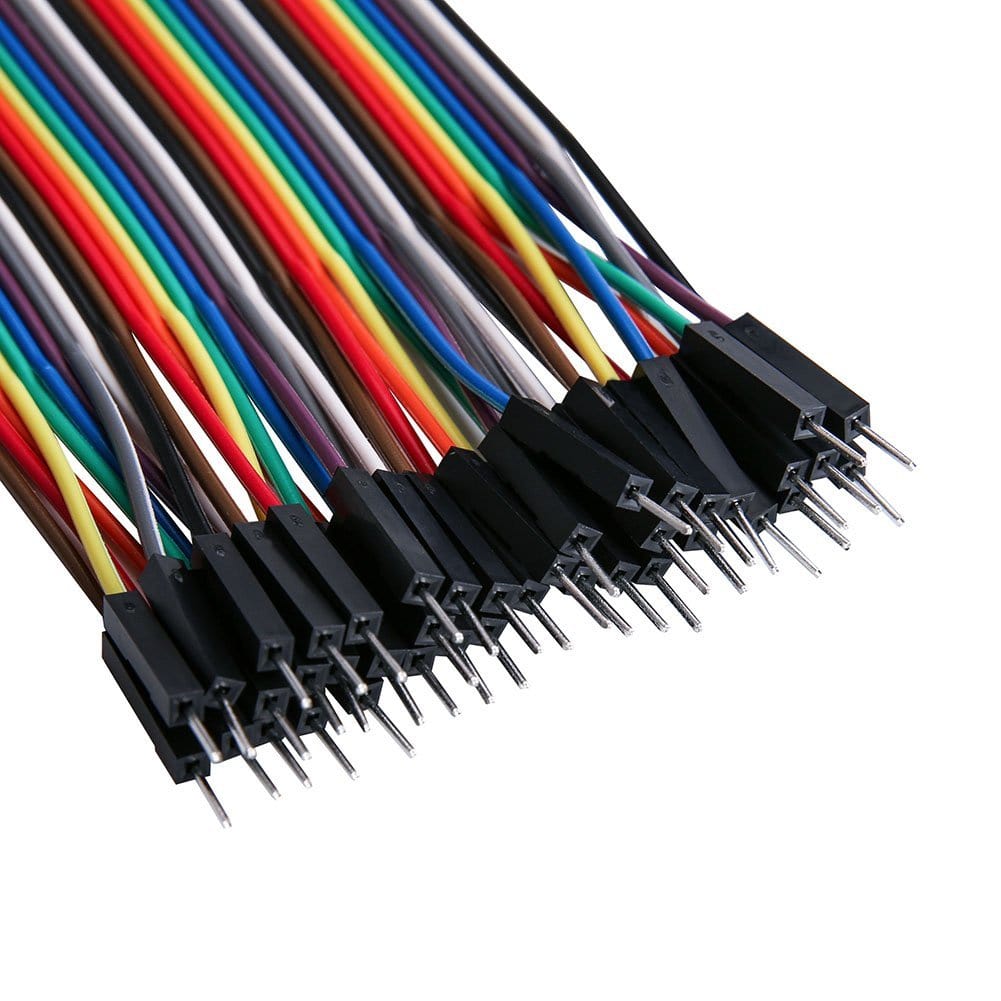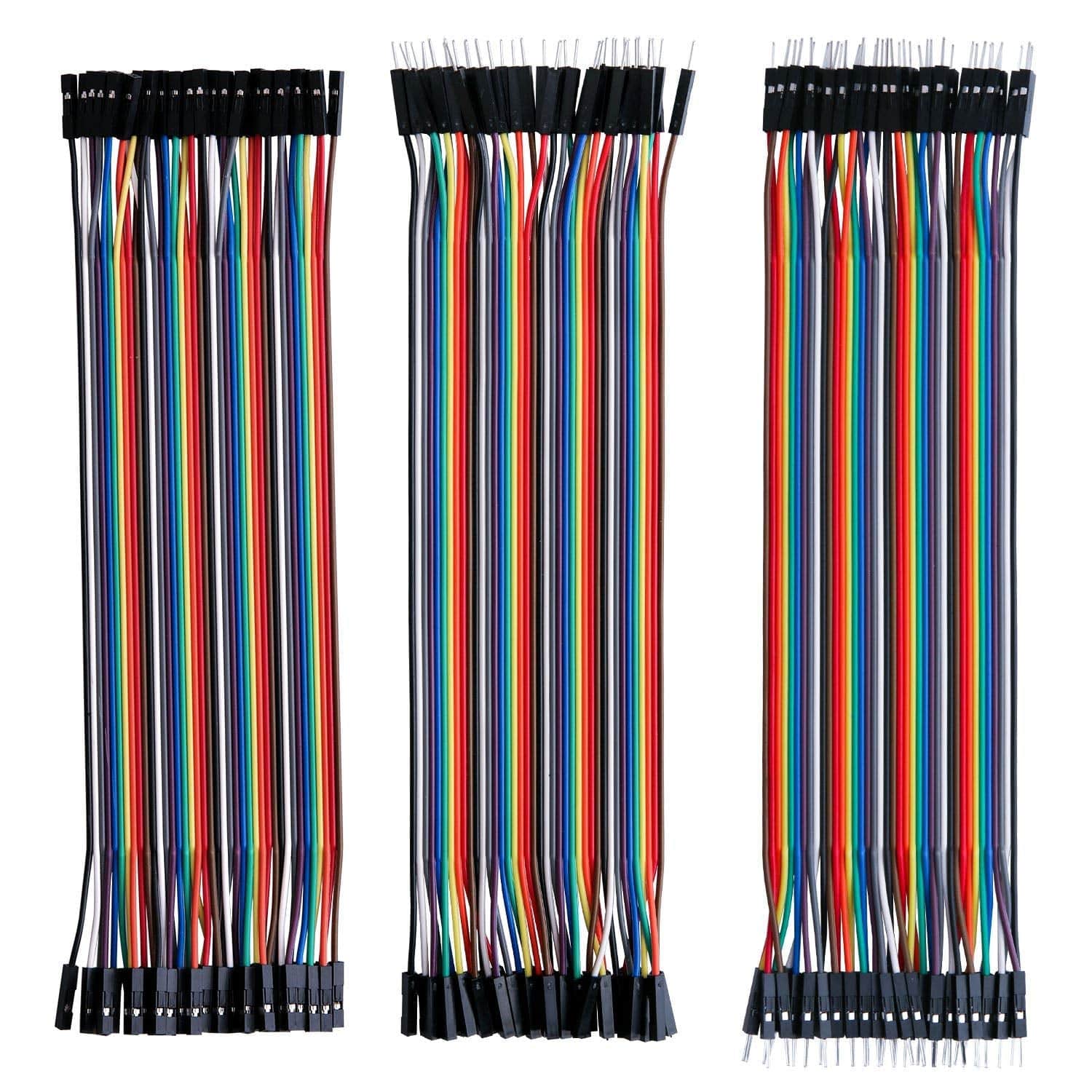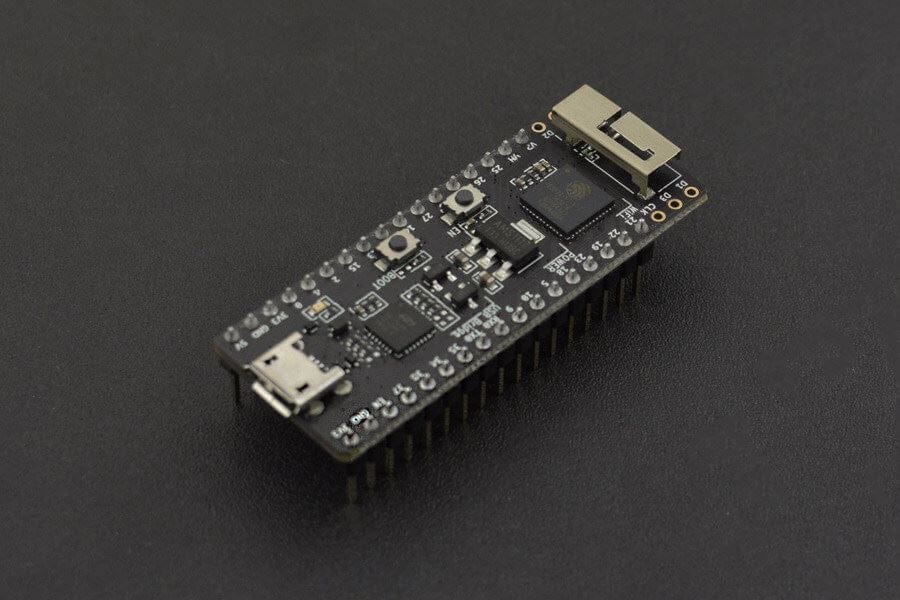
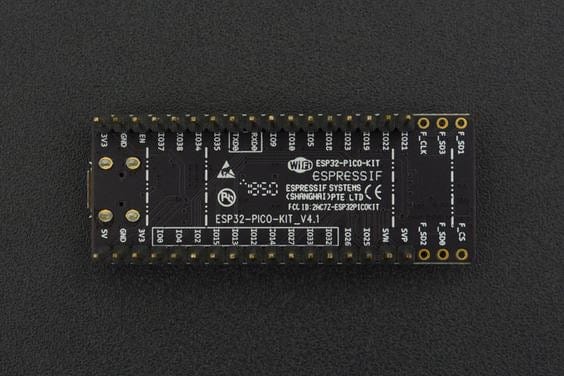
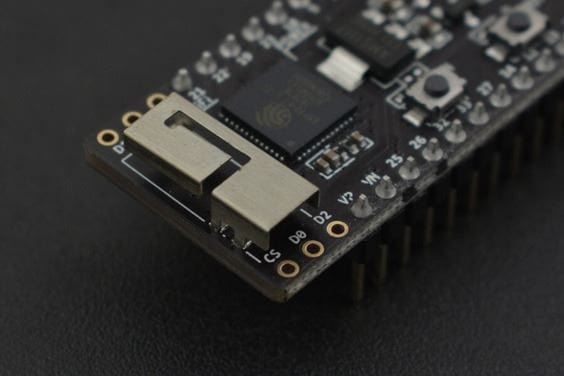
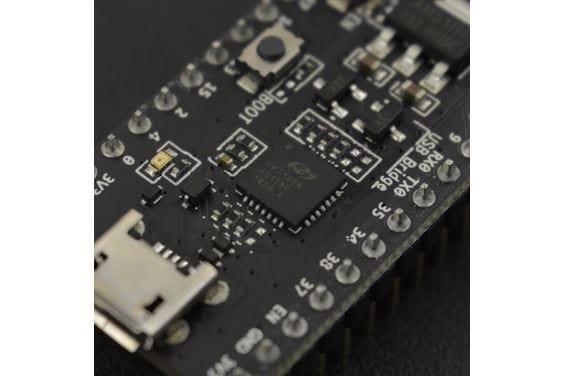

Overall product rating out of 5: 5.00
Based on 1 review
Write Review
Product Reviews
ESP32-PICO-KIT Development Board
Arrived very well packaged. No damage.
First time using ESP32 DEV KIT 4, I am used to Arduino and RP2024 systems, so the normal ESP32 dev-kit 4 speed is about what an over clocked pi Pico maxes out at. (I don't like over clocking as it seriously shortens the life span of the processes, but sometimes it's a means to an end when high clock per a core is needed). So although program flashing was a little bit more involved than say the Arduino and RP2024 IDE I think I will move to the ESP for the higher performance requirements (keep the 2040 and Arduino for basics).
Yes they are more expensive than Arduino and RP2024 but you do get a lot for your cash in a microcontroller. I might have a go at running realtime Control on one or two of these esp's and off load non realtime to an SBC like Pi or Jetson, inset of the lower performance units, expecting great things
Installed the ESP32 programming tools (I needed a python based tool which ran on Ubuntu to flash rather than an IDE) all good.
I had to blow the voltage select fuse to fix at 3v3. Flashed straight after the voltage, with image I had.
Up and running and correctly partitioned.
240MHz dual core not over clocked, with BT and WiFi. Bonus.
It came with the male headers installed. I needed to add another six for access to SPI ram chip. Otherwise no other requirements.
Used for a retro emulation system of 8 bit computer from 70's. Work's perfectly. (I wasn't the creator of the firmware here)
Perfect.
Thank you....
Harvey.

Was this review helpful?
11 months ago
New content loaded

